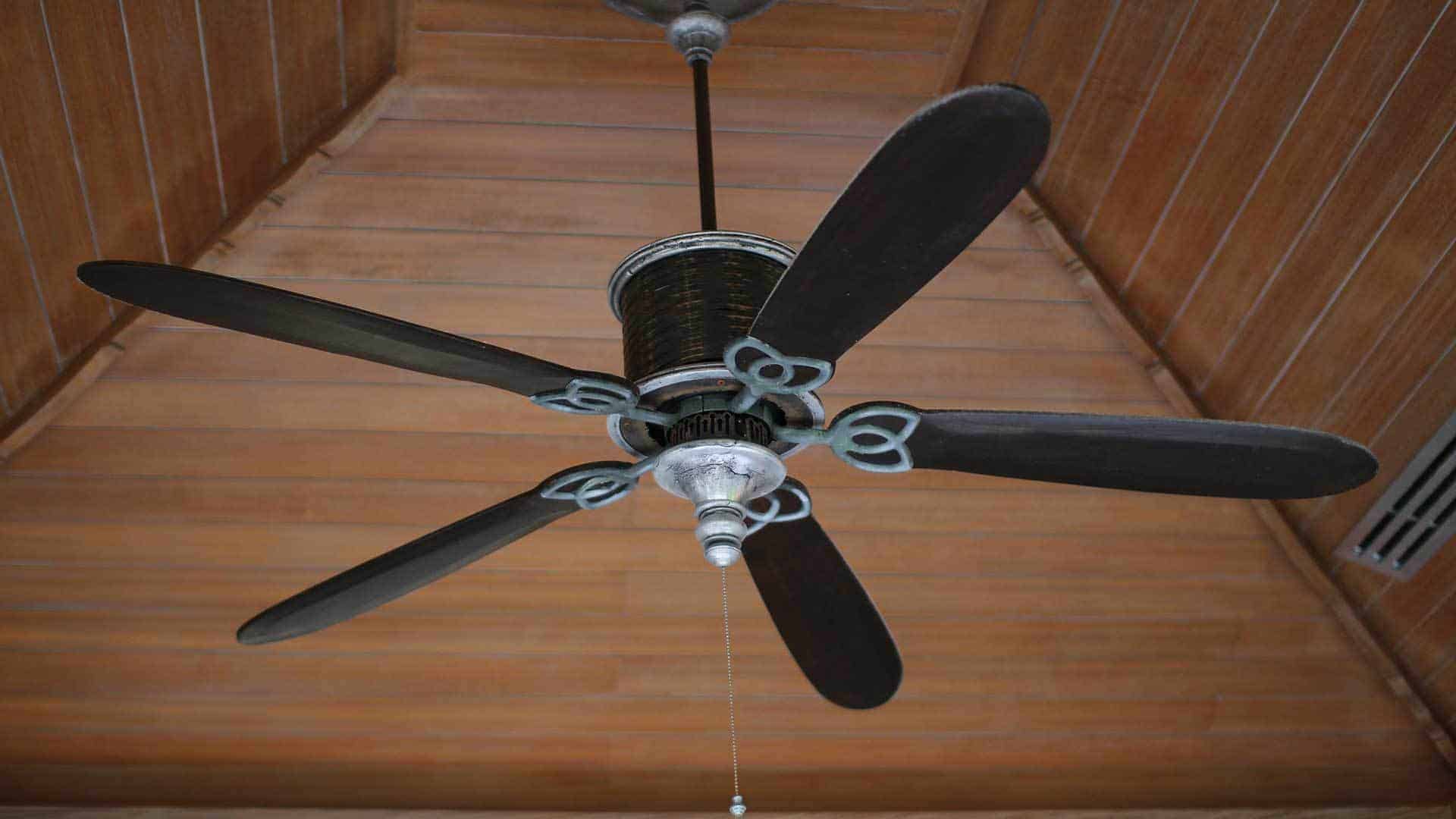
Your home's indoor air isn't as clean as outdoor air. Home ventilation using the stack effect insures the air inside your home is exchanged with outside air.
Here's an example of the stack effect that's easier to understand. You know when you light a fireplace smoke is created. The smoke goes up the chimney based on the stack effect, unless you've forgotten to open the damper which we've all done. You know that warm air (with the smoke) rises from air buoyancy, because warm air is lighter.
Stack Effect – What is It?
Air buoyancy is due to the difference in air density. Air density is based on the difference in air temperature and moisture content in the air. The illustration above (thanks to AboveAllInsulation.net) shows how most outdoor air flows into a house towards the bottom. Depending on where you live and how your home was built this might be the basement, a crawl space and/or doors and windows on the first floor if your home sits on a slab.
The bigger the thermal difference and the height of the house, the greater the stack effect. This is a good thing as this movement of air helps drive natural ventilation to exchange fresh outdoor air with your home's indoor air.

Stack Effect Helps Home Ventilation & Healthy Homes
Now that you know home ventilation is good for you and your family, here's how it works to promote healthy homes. Natural ventilation occurs when rising warm air reduces the pressure at the base of your house, drawing cold air in through open doors, windows and/or other openings. You know where these are but you likely don't know where there are smaller air leaks so you'll want to check out Why & Where to Caulk Around Your Home.
- In the winter when the heat is on, warm indoor air rises up to the ceiling and escapes at the top. This happens through open windows, ventilation openings and the holes/gaps in your ceiling. Leaks occur around recessed lights, light fixtures and ceiling fans or anything else in the ceiling. To stop the leaks you'll want to inspect and fill these gaps.
- The stack effect is reversed in the summer when you're cooling your home. Cool inside air falls and gets pushed out of the building and hot air is pulled in at the top. With less of a temperature difference between indoor and outdoor air, there is less pressure which is why ceiling fans are often associated with summer cooling.
Want a little more know how about the stack effect. Read this article at ProRemodeler, Understanding Stack Effect.

More Tips on Home Ventilation
Want to learn more about home ventilation? We've got some great introductory articles that explain the principles behind heating, cooling and making home ventilation as efficient as possible. Not only will you be more comfortable. You can lower your utility bills too!
- Attic Insulation, Ventilation and Energy Efficiency in Winter?
- Tips to Make Your Fireplace More Efficient
- 10 Tips on Improving Indoor Air Quality




Leave a Reply